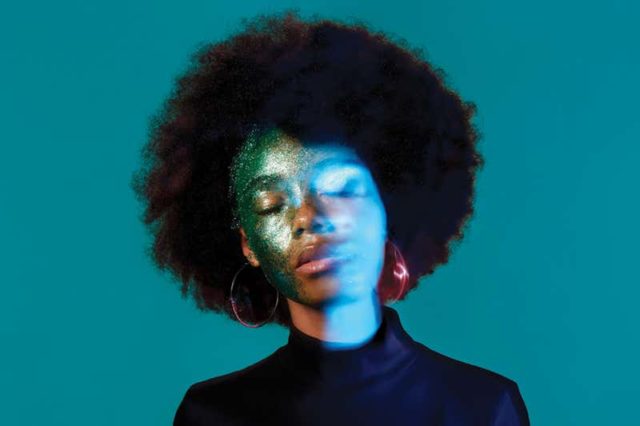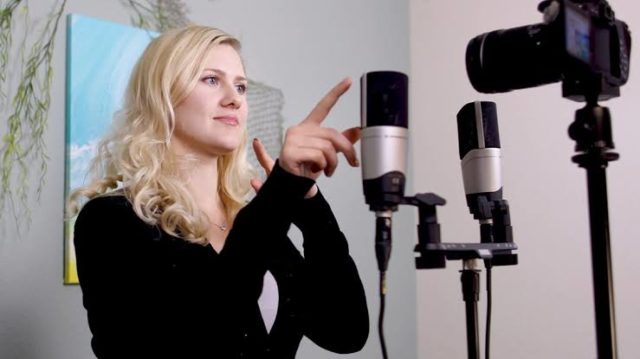Difficult times call for difficult measures.
The digital revolution has enabled people to come up with digital solutions to not-so-digital problems like insomnia and anxiety.
How? ASMR.
My tryst with ASMR began in 2017 when I accidentally stumbled across a video on YouTube which showcased a person’s perfume collection.
Nothing seemed out of the ordinary until the YouTuber began whispering into their microphone. To say that it caught me off-guard would be an understatement.

The ASMR tag in the title caught my eye and I swiftly keyed in the acronym into YouTube’s search bar out of curiosity. Since then, I fell down the ASMR rabbit hole and never looked back.
Autonomous Sensory Meridian Response (ASMR), a term coined by Jennifer Allen, refers to an experience characterized by tingling sensations on the body.
Also Read: Why Women Dressed Like Men In The 1920s
Its purpose is to render an experience that produces in the viewer a feeling of ease and well-being.
This is achieved through ‘triggers’ like whispering, brushing, massaging, tapping, scratching, crinkling, personal attention, roleplays, etc. ASMR triggers refer to the actions which set off the tingly sensations experienced by a person and are relative.
Through visual and auditory stimuli, ASMR seeks to achieve a sensory effect that is akin to being touched.

ASMRtists often incorporate fictional roleplays into their videos thus expanding its significance beyond just being an instrument for relaxation into an outlet for artistic expression.
From pop culture and sci-fi roleplays to personal attention – it is a boundless horizon.
YouTube is the primary channel through which ASMR is dealt out. And perhaps, it is the only subcategory on the platform in which content creators wouldn’t mind their viewers falling asleep.
The rising popularity of ASMR has also led to ASMR cafés cropping up in different locations across the world in an attempt to transport the experience into real life.
Anecdotal evidence further suggests that people with insomnia and anxiety also find ASMR to be calming as the gentle sounds serve as a distraction and help assuage their mental turbulence. For some, it simply functions as white-noise in the background.
According to a scientific study, the medial prefrontal cortex and the secondary somatosensory cortex were strongly activated in people who experienced ASMR.
While some attest to its therapeutic effects and swear by it, others are simply unnerved by ASMR.
A plethora of parody videos take a jibe at it altogether. This would be my personal favourite:

I have been a religious consumer of ASMR content for the past two years as it has hardly ever failed to lull me into a state of blissful slumber. To me, it has become an indispensable part of my nightly routine.
Keep in mind that ASMR is not a replacement for therapy and is not experienced by everyone.
How do you know if it works for you? Well, there’s only one way to find out.
Image Credits: Google Images
Sources: Forbes, BBC News, Psychology Today
Find the blogger: microrgasm
Other Recommendations:
Watch: How Is Rabindranath Tagore Relevant Even For Today’s Millennial Generation?

































